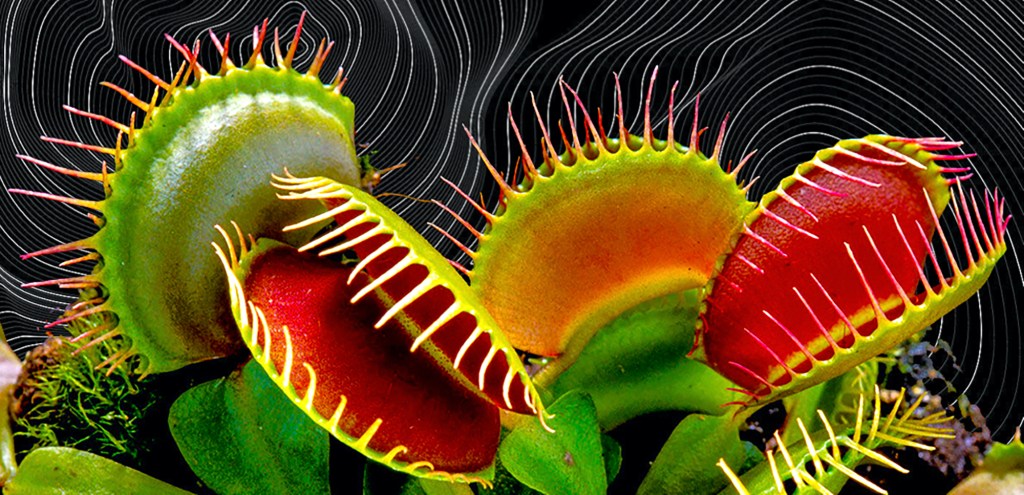Image via Shutterstock
These guys are the next best thing to Dr. Evil’s dream of “sharks with frickin’ laser beams attached to their heads.” Floating just beneath the water’s surface in Polynesian swamps, archer fish are known to routinely bullseye dinner by spitting jets of water at their prey, insects perched on leaves overhanging the water. The fish’s keenly aimed water projectiles bonk the bugs on their heads, sending them tumbling off the leaves and into the water, where they are promptly eaten. How the 2.5-cm-long archer fish could possibly conjure the mouth muscles to pull this off has been a great mystery of evolution to biologists for 250 years — until now.
Videos by VICE
The archer fish, named for its pinpoint spitting precision, lives mainly in mangrove forests and estuaries in India and Polynesia, where insects like grasshoppers are in abundance. Rather than compete on the same level with fish sharing the habitat, the archer fish has evolved a strategy and means of sniping prey from just below the water line. The fish has been observed hitting targets from as far as two meters.
Dissections of the fish over the years haven’t rendered any clue as to how the fish’s organs and interiors could produce a burst of water powerful enough to dislodge an insect, whose anchoring force is, in the case of a grasshopper, about ten times the weight of its body.
“The origin of the effectiveness of the jet squirted by archer fish has been searched for inside of the fish for nearly 250 years,” said Alberto Vailati, a professor at the Univeristy of Milan, in Italy, who co-authored a report on the archer fish published in PLoS ONE on Oct. 24. “The striking finding of our work is that a large amplification of muscular power occurs outside of the fish and leads to a very powerful impact of the jet with the prey.”
Archer fish in action by Shelby Temple, via Nature.
Initially, biologists hypothesized that the archer fish’s forceful spitting originated in collagen fibers in its mouth — the same energy-storage mechanism that allows salamanders and chameleons to whip out their tongues and snag bugs in mid-flight. The structure “act as a kind of spring,” Vailati told the BBC. But no, that mechanism is only about 16% powerful enough to produce the estimated 3,000 Watts per kilogram (a lot) of force of the projectile.
It turns out the immense energy behind the water bursts is generated due to water dynamics outside the fish’s body and is better explained in terms of physics rather than biology, according to the findings of Vailati’s team of Italian biologists. By filming the act with high-speed video and playing it back in slo-mo, researchers were able to discern the formation of the projectile.
As the archer fish prepares to spit, it draws a bit of air into its mouth and presses its tongue into a little groove in its mouth, which resembles the shape of a gun barrel. Then it shuts its gills tightly, pressuring its mouth, and BAM! Fires away. The fish can shoot over and over again in a kind of rapid fire succession, and the speed of the water darts actually increases as they spit, the report says.
In its immediate state after being fired, the projectile looks like an inverted water droplet — a bulged head that tapers off into a thin tail. As it shoots through the air, surface tension holds the head together while the tail pushes into the head, forming a large pellet that strikes the insect with deadly force.
“This advantage would come without the evolutionary cost for the development of highly specialized internal structures dedicated to the storing of mechanical energy,” the authors note in their paper.
Apparently the dynamics at work are similar to ones at play in inkjet Drop-on-Demand printing, which creates bubbles in the ink cartridges that propel droplets of ink onto paper. The researchers say printing technology “can potentially benefit from the biomimicry of archer fish.”



